
Product information
Domaine Didier Dagueneau Sancerre ‘Le Mont Damné’ MAGNUM 2022
Sauvignon Blanc from Pouilly-Fumé, Loire Valley, France, Centre Loire
$957
Description
“When you taste at Dagueneau, Le Mont Damné comes along at the end of a line-up of Pouilly Fumés and seems to be oh-so-tender, caressing the palate with its gentle, fine, chalky texture. A sophisticated yet quiet style, this 0.6ha parcel on the mid-slope of this famous Sancerre vineyard was planted back in 2002. While a little closed at this stage, pretty aromas are just itching to blossom, and they are reminiscent of elderflower, ripe apple, honeysuckle and an almost exotic note. There’s also a subtle pastry character from time on lees. Acidity flows naturally on the chalky finish.”
Rebecca Gibb MW, Vinous 93 points
The first bottle of Didier’s wines I devoured was a bottle of Silex in 2001 with Doc when I was working with him at Yarra Yering. We were looking to benchmark for the Dry White No.1, a Semillon, Sauvignon Blanc blend. It was included in a bracket with some exceptional white Bordeaux. Prior Didier’s wine I had not been impressed by the Pouilly-Fumé I had tasted, most of it green, weedy, cats piss. Silex was a breath of fresh air.
Jefford’s commentary sums it up beautifully.
“His wines smelled not of Sauvignon Blanc … but of……Spring. Sipping the Buisson Renard was like standing beneath a waterfall: the flavours were clean, limpid eerily palpable, a soft shock. The silex was not the parody flintlock of popular myth; it was pure, sappy, soaring, rich, finishing with just a hint of stone after rain. I had not been expecting this calm and majestic retreat from the varietal. I learnt something new.”
Andrew Jefford, The New France
Only 1 left in stock
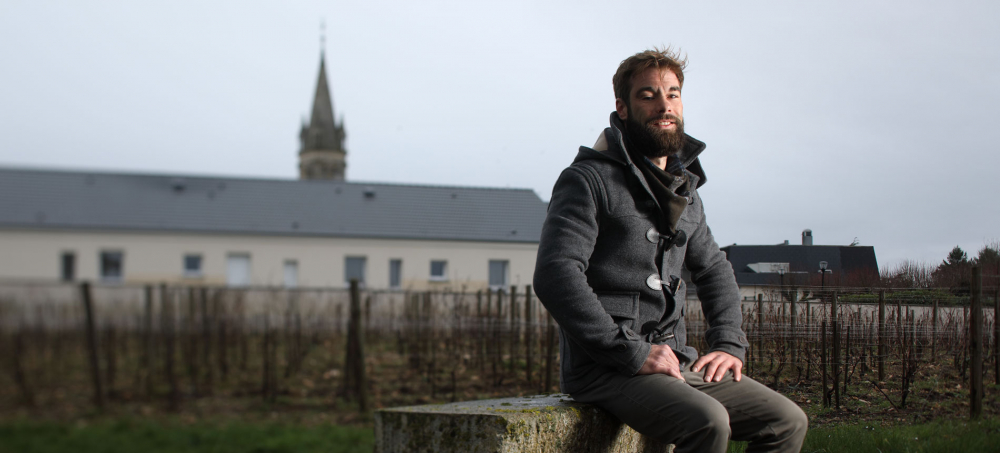
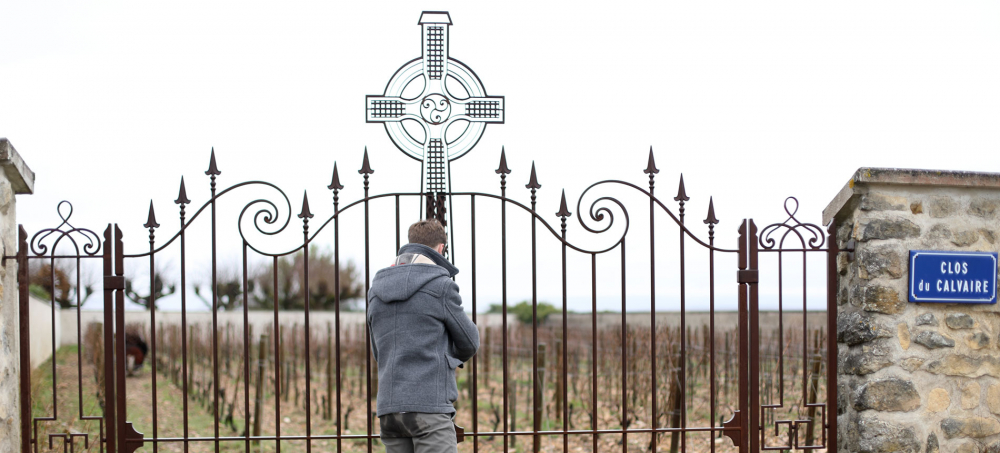
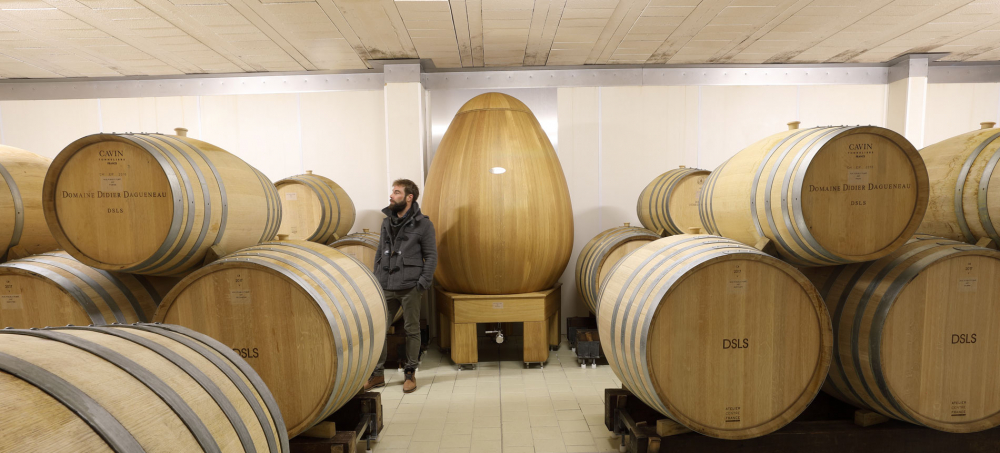
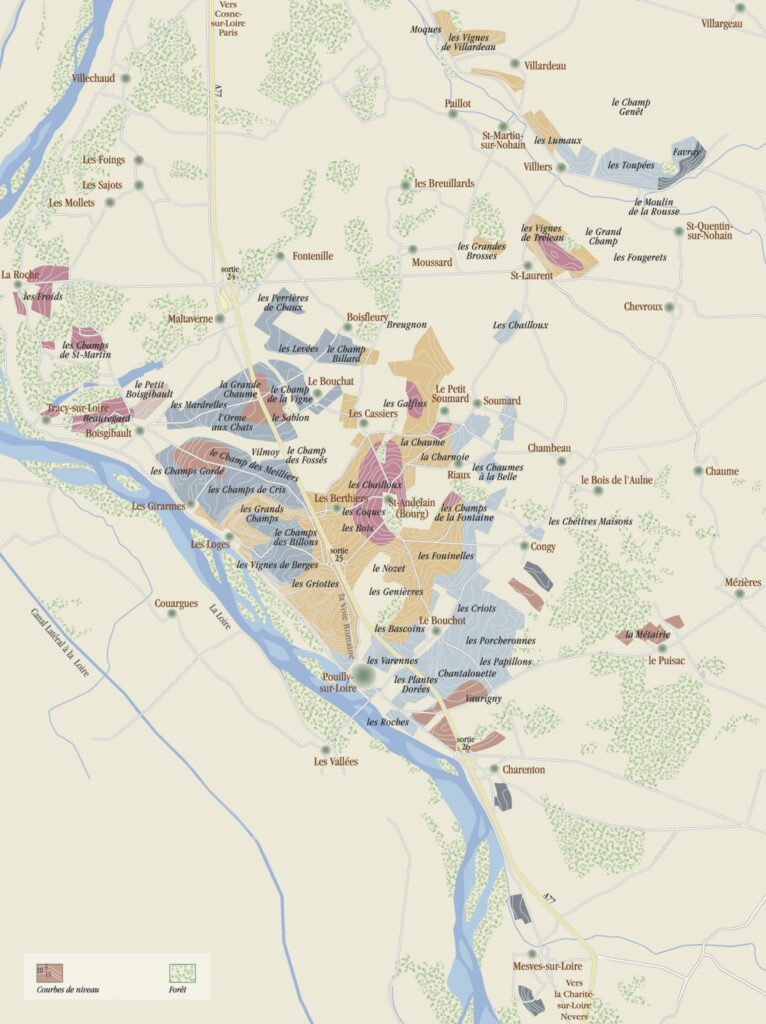
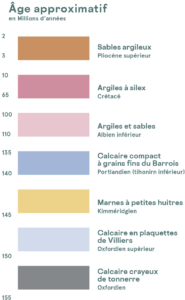
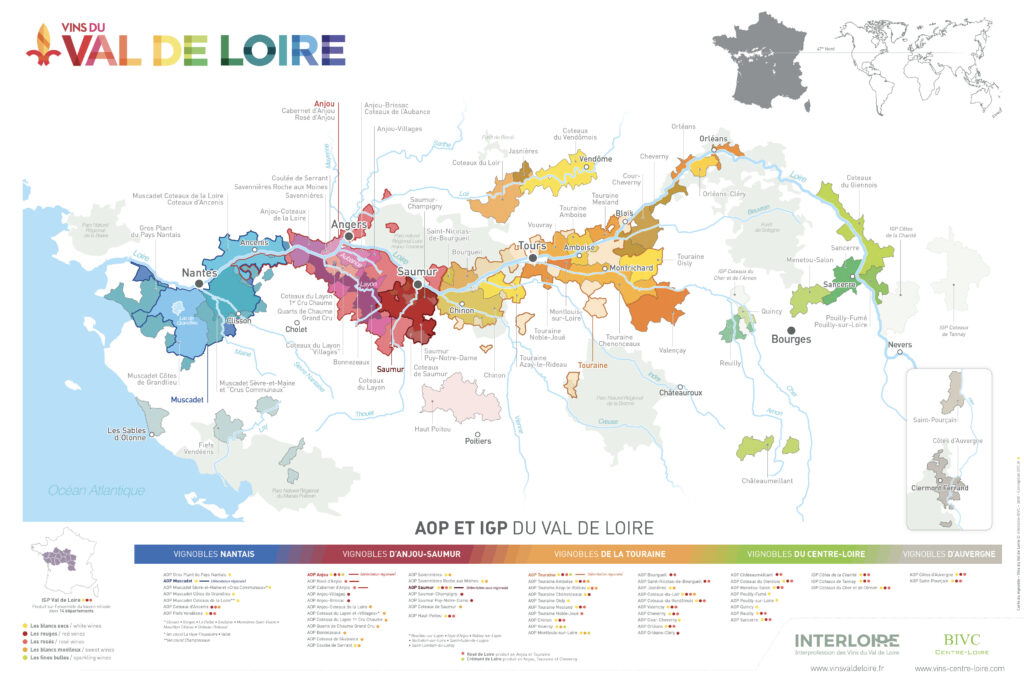
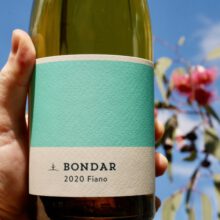
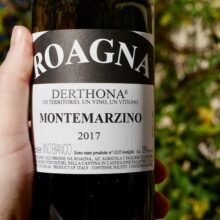
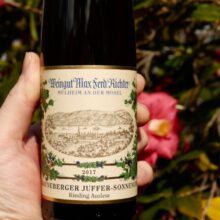

You must be logged in to post a comment.